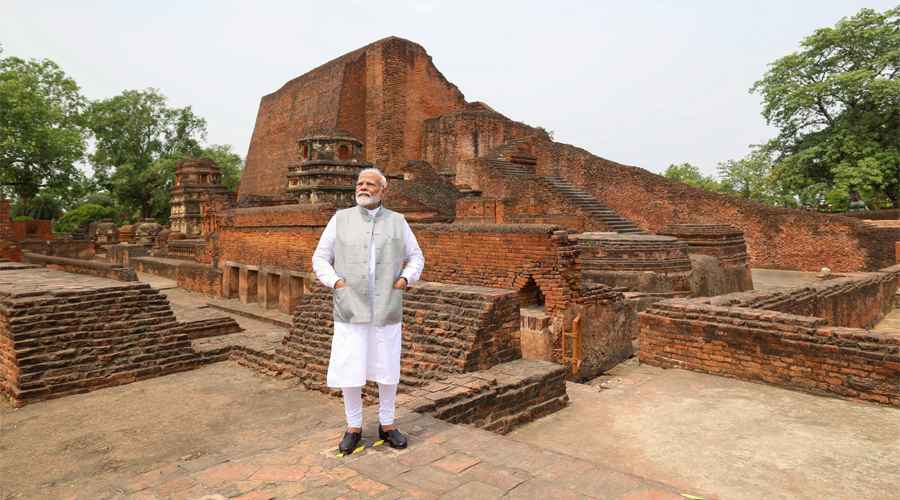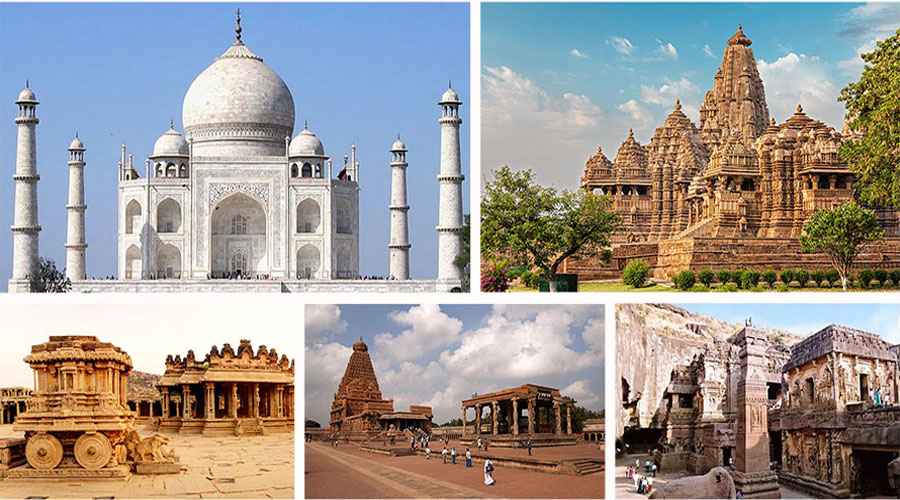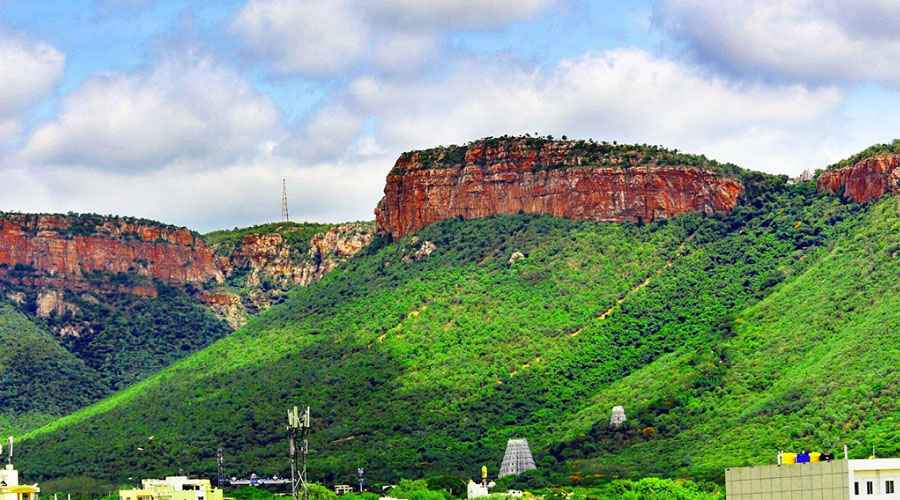India has long been considered a cradle of knowledge, and among its many contributions to world civilization, the legacy of Nalanda University stands tall. Revered as the world’s first fully residential university, Nalanda flourished as a global center of learning, attracting scholars and students from across Asia for several centuries. Today, its ruins are recognized as a UNESCO World Heritage Site, symbolizing not only India’s scholarly past but also humanity’s unending quest for wisdom. The recent revival of Nalanda University in Bihar reflects a remarkable effort to bridge the ancient with the modern and to continue the legacy of knowledge-sharing in today’s interconnected world.
Origins and History
Nalanda University was established in the early 5th century CE during the reign of the Gupta dynasty, traditionally attributed to Kumaragupta I. It was not just an institution where learning was imparted—it was an intellectual hub where philosophy, science, mathematics, astronomy, medicine, literature, and Buddhist studies thrived. Over centuries, it became one of the most influential centers of higher education, long before modern universities in Europe or elsewhere came into existence.
At its peak, Nalanda hosted around 10,000 students and 2,000 teachers, hailing not only from India but from regions such as China, Tibet, Korea, Indonesia, and Central Asia. The curriculum was rigorous, with oral debates, discussions, and memorization forming the backbone of pedagogy. A student seeking admission had to undergo a tough test, ensuring that only the best and brightest entered its halls.
Academic and Cultural Significance
Nalanda’s uniqueness stemmed from its diversity of subjects and open-minded scholastic culture. Though deeply associated with Buddhist studies, particularly Mahayana Buddhism, the university did not restrict itself to religious teaching. Ancient records mention that lessons in grammar, medicine, logic, mathematics, Sanskrit, architecture, and even metallurgy were part of the academic ecosystem. This pluralistic approach fostered dialogue across disciplines and cultures, making Nalanda a symbol of global academic exchange.
The architecture of Nalanda was also a marvel. The vast complex contained monasteries, temples, meditation halls, classrooms, and a grand library system known as Dharmaganja, which housed hundreds of thousands of manuscripts. This library, divided into three multi-storied buildings, was said to have preserved invaluable knowledge about various disciplines, much of which was lost to time following its destruction.
Accounts by Foreign Scholars
Nalanda’s fame spread far and wide through the writings of travelers and pilgrims. Chinese scholars such as Faxian (Fa-Hien) in the 5th century and Xuanzang (Hsuan Tsang) in the 7th century left detailed accounts of the university. Xuanzang, who studied at Nalanda for several years, described its intellectual vigor, rigorous entrance examinations, and the vast resources of its library. Another Chinese traveler, Yijing, wrote about the high standards of Nalanda’s monastic and academic practices.
These accounts not only shed light on the day-to-day life of scholars at Nalanda but also underscore the impact the institution had on the spread of Buddhism and other branches of knowledge throughout Asia.
Decline and Destruction
Despite its glory, Nalanda’s existence was not eternal. Several factors contributed to its decline. Political instability in northern India during the later medieval period, combined with declining patronage from ruling dynasties, weakened the institution. The final blow came in the 12th century when Bakhtiyar Khilji, a Turkic military commander, invaded and set fire to the university around 1193 CE. Historical records state that Nalanda’s magnificent library burned for months, destroying countless manuscripts and extinguishing centuries of accumulated knowledge.
This tragic event marked the end of Nalanda’s flourishing academic era, though its spirit remained immortal in the annals of intellectual history.
Nalanda’s Global Legacy
Though destroyed, Nalanda left an enduring influence on the evolution of global education and intercultural academic exchange. Buddhist monks and scholars who studied there carried forward its teachings to faraway lands, planting seeds of knowledge in China, Japan, Sri Lanka, and Southeast Asia. In many ways, Nalanda served as a precursor to the idea of a global university, centuries before such concepts emerged in the West.
In modern times, Nalanda has become a powerful symbol of Asia’s shared intellectual heritage. Its story underscores the importance of academic openness, dialogue, and respect for diversity—values that are central in contemporary global education.
The Modern Revival of Nalanda University
Recognizing its historical importance, India spearheaded the revival of Nalanda University in the 21st century. In 2010, the Indian Parliament passed the Nalanda University Bill, and the new campus was inaugurated in Rajgir, Bihar, close to the ancient site. Its revival was supported by several Asian countries, inspired by the idea of fostering international collaboration.
The modern Nalanda University aims to revive the spirit of the ancient institution while aligning itself with contemporary needs. It focuses on sustainable development, historical and philosophical studies, ecology, environment, and inter-civilizational dialogue—areas deeply relevant in our time. With students from across nations, it seeks to recreate Nalanda’s identity as a global meeting ground for ideas and innovation.
UNESCO Recognition
In 2016, the ruins of Nalanda Mahavihara were inscribed as a UNESCO World Heritage Site. UNESCO recognized the site as an outstanding testimony to the development of academic and monastic traditions in South Asia. This designation not only protects the ruins but also spreads awareness of its significance globally.
Conclusion
The story of Nalanda University is one of resilience and timeless relevance. Its rise demonstrates the brilliance of humanity’s intellectual endeavors, while its destruction reminds us of the fragility of knowledge in times of conflict. Yet, its revival in the modern era signifies hope—the belief that learning and wisdom are eternal and must be nurtured.
In a world facing pressing challenges, from environmental crises to cultural conflicts, the legacy of Nalanda offers invaluable lessons in cross-cultural dialogue, inclusivity, and the pursuit of knowledge for the betterment of society. Just as it once attracted seekers of truth from distant lands, Nalanda today stands poised to inspire generations to come, embodying the spirit of learning without borders.












